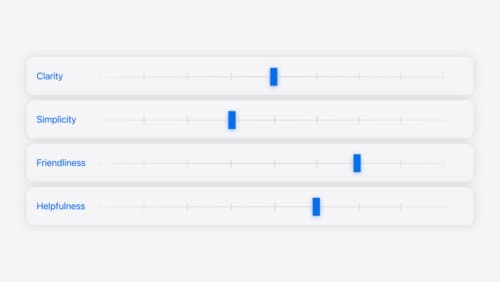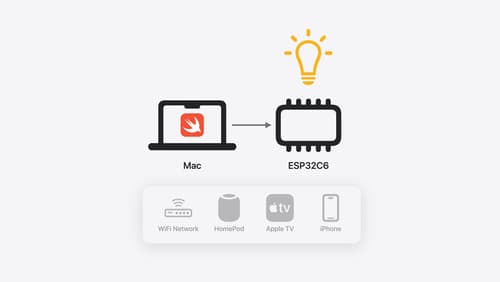How do I build my first iOS app
Asked on 2024-08-17
1 search
To build your first iOS app, you can leverage Apple's native SDKs, which provide a comprehensive set of tools and frameworks. Here's a step-by-step guide to get you started:
-
Set Up Your Development Environment:
- Install Xcode, Apple's integrated development environment (IDE), which includes everything you need to create apps for iOS, macOS, watchOS, and tvOS.
-
Learn Swift and SwiftUI:
- Swift is the programming language used for iOS development. SwiftUI is a modern UI framework that allows you to build user interfaces across all Apple platforms using Swift.
- You can use Swiftassist, a new feature in Xcode, to help with coding tasks and prototyping. It can assist in writing Swift code and experimenting with new APIs. For more details, you can refer to the Platforms State of the Union (23:58).
-
Create a New Project:
- Open Xcode and create a new project. Choose the "App" template under iOS.
- Use Swift and SwiftUI for your project to take advantage of the latest features and best practices.
-
Design Your App:
- Use SwiftUI to design your app's user interface. SwiftUI provides a declarative syntax that makes it easy to build complex UIs with less code.
-
Implement App Logic:
- Write the logic for your app using Swift. You can use Swiftassist to help with coding and to quickly visualize ideas.
-
Test Your App:
- Use Xcode's built-in simulator to test your app on different iOS devices. You can also test on a physical device by connecting it to your Mac.
-
Iterate and Improve:
- Continuously test and refine your app. Use feedback from testing to make improvements.
-
Prepare for App Store Submission:
- Once your app is complete, prepare it for submission to the App Store. This involves setting up app metadata, screenshots, and ensuring your app meets Apple's guidelines.
By following these steps, you can build your first iOS app and take advantage of the powerful tools and frameworks provided by Apple. If you're interested in more advanced topics, such as porting games to Apple platforms, you can explore sessions like "Port advanced games to Apple platforms" for additional insights.

Add personality to your app through UX writing
Every app has a personality that comes across in what you say — and how you say it. Learn how to define your app’s voice and modulate your tone for every situation, from celebratory notifications to error messages. We’ll help you get specific about your app’s purpose and audience and practice writing in different tones.

Go small with Embedded Swift
Embedded Swift brings the safety and expressivity of Swift to constrained environments. Explore how Embedded Swift runs on a variety of microcontrollers through a demonstration using an off-the-shelf Matter device. Learn how the Embedded Swift subset packs the benefits of Swift into a tiny footprint with no runtime, and discover plenty of resources to start your own Embedded Swift adventure.

Port advanced games to Apple platforms
Discover how simple it can be to reach players on Apple platforms worldwide. We’ll show you how to evaluate your Windows executable on Apple silicon, start your game port with code samples, convert your shader code to Metal, and bring your game to Mac, iPhone, and iPad. Explore enhanced Metal tools that understand HLSL shaders to validate, debug, and profile your ported shaders on Metal.
